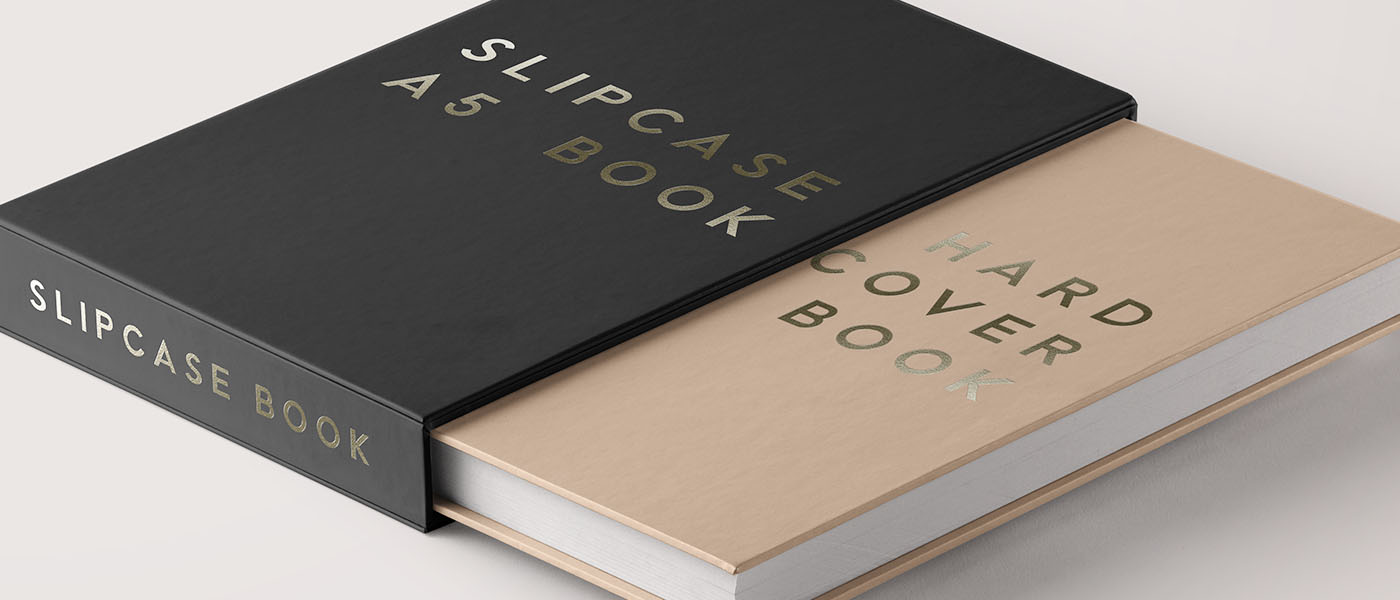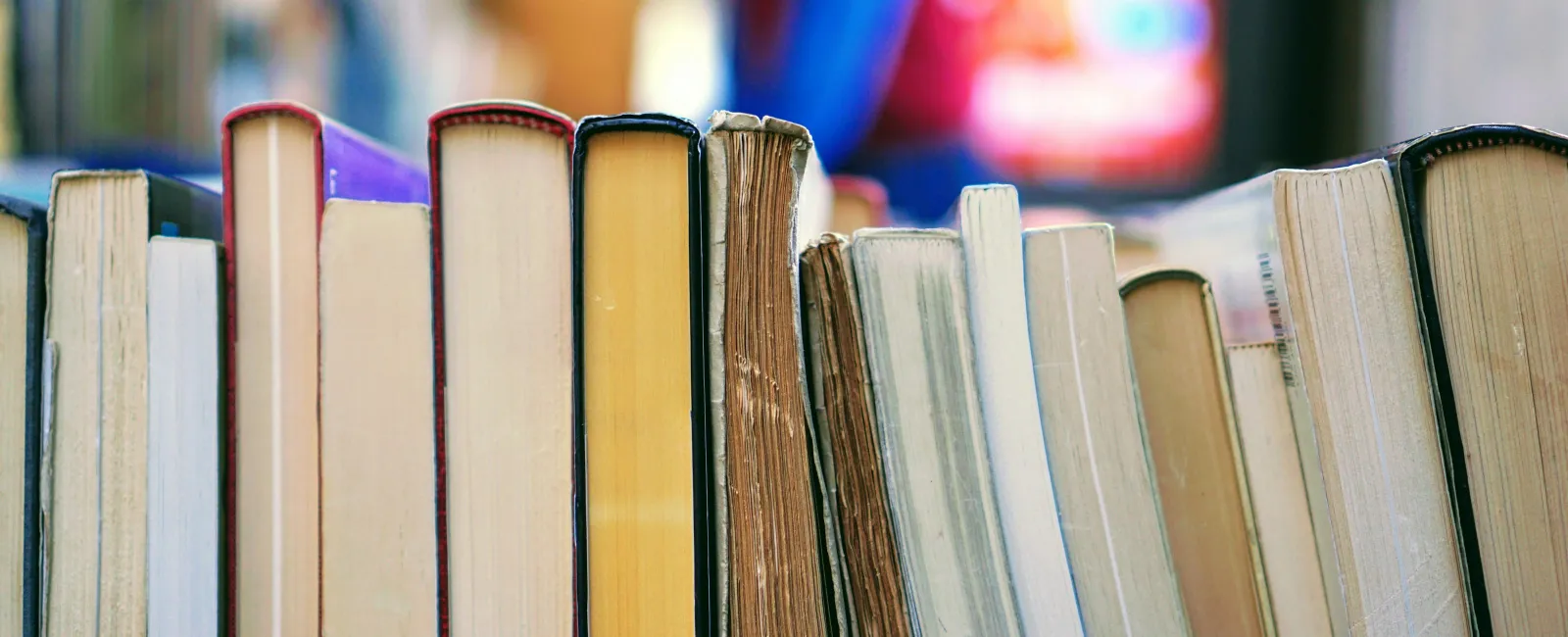A Comprehensive Overview to the Refine of Hardcover Books Printing
When you start the journey of hardcover publication printing, recognizing the entire process is important. From preparing your manuscript to picking the right materials, each action plays a critical function in the last item. You'll require to consider layout aspects and printing methods that suit your vision. As you browse with binding and quality control, you'll locate that every choice influences the book's overall charm. What comes next off in this complex procedure?
Understanding the Hardbound Publication Structure
When you check out the world of hardbound publications, you'll swiftly notice that their framework is distinctive and intentional. The external casing, commonly made from tough cardboard, offers durability and protection. You'll locate a material or leather covering, which not only boosts appearances yet additionally adds to guide's durability. Inside, the endpapers connect the cover to the message block, guaranteeing a seamless interchange.
The message block itself consists of numerous signatures, or folded up sheets, sewn with each other for toughness. You'll see that the spine is enhanced, enabling a smooth lay-flat analysis experience - hardcover books. In addition, the book's weight often communicates a feeling of quality and durability
Hardbound publications typically feature a dust jacket, which works as a marketing tool while safeguarding the cover. Understanding these aspects aids you appreciate the workmanship behind hardcover books and their one-of-a-kind allure in the literary globe.
Manuscript Prep Work and Editing And Enhancing
Getting your manuscript all set for printing is crucial, and it begins with correct format standards. You'll need to understand the modifying procedure to improve your job and guarantee it resonates with visitors. And also, mastering checking methods can aid you capture those bothersome mistakes before your book goes to print.

Manuscript Formatting Guidelines
Appropriate manuscript formatting is essential for developing a professional-looking hardbound publication. Make certain to proofread your manuscript for consistency in style, making sure that whatever from punctuation to spacing adheres to your chosen standards. Adhering to these steps will certainly set a strong structure for your publication.
Editing And Enhancing Process Essentials
Modifying your manuscript is an important step that can transform it from a harsh draft into a refined final product. Start by reviewing via your job seriously, concentrating on flow, clarity, and structure. Search for disparities in your story, character advancement, or argumentation. It's useful to take breaks between rounds of modifying to gain fresh perspectives. Don't hesitate to cut unnecessary content or rephrase unpleasant sentences; this will certainly improve readability. Think about seeking responses from relied on peers or specialist editors that can provide useful understandings. Bear in mind, editing and enhancing isn't nearly taking care of errors; it's about fine-tuning your voice and ensuring your message reverberates with viewers. Welcome the procedure, and you'll see your manuscript sparkle.
Proofreading Methods Review
When you have actually brightened your manuscript via editing, the following action is to ensure it's totally free of errors that could sidetrack visitors. Review your manuscript aloud-- this aids you hear unpleasant wording and place typos. Take into consideration publishing your manuscript; analysis on paper can disclose errors that screens miss out on.
Creating guide Cover and Inside
When you're making your book cover and interior, you'll wish to concentrate on important style elements that record your target market's focus. Picking the appropriate typography designs and carefully choosing colors and images can make all the difference in communicating your publication's theme. Allow's explore just how these selections can elevate your work and draw in visitors.
Vital Layout Components
Creating an eye-catching publication cover and a well-designed inside is crucial for attracting readers and enhancing their experience. Pick shades and pictures that mirror your publication's theme and state of mind.
For the inside, concentrate on layout and white space. A clean, organized style helps viewers navigate easily. Consider making use of phase headings and subheadings to lead them through the material. Aesthetic elements, like graphics or pictures, can likewise boost involvement yet needs to complement the message, not bewilder it. Bear in mind, a cohesive layout throughout your publication cultivates a professional look that can considerably affect a visitor's decision to pick it up.
Choosing Typography Styles
Typography plays a vital role in both guide cover and indoor style, shaping just how visitors view your web content. When picking typography designs, consider your publication's style and target market. A classic blog here serif font style might function well for literary fiction, while a contemporary sans-serif might suit a contemporary story. Guarantee readability; your text must be easy on the eyes, especially for longer passages. Take notice of font dimension and line spacing, as these aspects affect total flow. Blending typefaces can add passion, yet restrict it to 2 or three to maintain comprehensibility. Ultimately, consider pecking order-- utilize various designs for headings and body message to lead readers effortlessly with your work. Your typography selections will substantially impact the visitor's experience.
Color and Imagery Selection
Picking the ideal shades and imagery is crucial for catching viewers' attention and conveying your publication's themes. Begin by considering your category; vivid colors may benefit a children's publication, while soft tones suit a mystery book. hardcover books. Use images that reverberates with your material-- pictures, images, or abstract designs can improve your message
Believe regarding the feelings you wish to stimulate. Cozy colors can develop enjoyment, while great colors usually convey peace. When creating the cover, make certain the imagery doesn't overwhelm the title and author's name; clearness is vital. Inside, use regular shade systems that complement your typography. This cohesive approach not just elevates your publication's aesthetic but additionally improves the visitor's experience, making it much more unforgettable.
Choosing the Right Paper and Materials
When picking paper and materials for your hardbound book, it's vital to contemplate exactly how they'll affect the total look of your project. Begin by choosing the right paper weight; heavier supply frequently conveys top quality and sturdiness, while lighter paper can produce a more fragile touch. Take into consideration the surface as well; shiny paper enhances colors and images, while matte can offer an advanced, understated appearance.
Towel, leather, or printed paper can establish the tone for your publication. Additionally, assume regarding the binding products; making use of high-grade adhesive assurances your publication lasts.
Inevitably, the choices you make here reflect your vision, so put in the time to sample different products (hardcover books). Your options will certainly help produce a book that's not just visually enticing yet additionally sturdy and functional
The Printing Refine: Methods and Technologies
A range of printing methods and innovations can bring your hardbound book to life, each offering special benefits. Digital printing is a preferred choice for brief runs, enabling fast turnaround and cost-effective services. When you require to print smaller sized amounts without compromising quality, it's perfect. On the other hand, countered printing excels in generating huge quantities, providing top quality and regular results. This technique is excellent for considerable magazines where shade accuracy and fine details matter.
For unique results, you may consider strategies like aluminum foil marking or embossing, which can add a luxurious touch to your cover. Additionally, you can go with numerous inks, including environment-friendly options that cater to ecologically conscious visitors. Comprehending these techniques aids you make notified choices, guaranteeing your hardcover book not only looks great but likewise satisfies your production requires efficiently. Select the ideal strategy to boost your book's allure and impact.
Binding Methods for Hardcover Books
Several binding approaches can transform your hardcover book into a sturdy and eye-catching item. One popular choice is the instance binding method, where the web pages are stitched and after that connected to a stiff cover. This provides exceptional longevity and an expert appearance. One more technique is the Extra resources excellent binding, which makes use of adhesive to hold the web pages together, enabling a smooth back yet less sturdiness contrasted to instance binding.
You might also consider spiral binding, which permits your publication to lay flat, making it ideal for workbooks or manuals. Nevertheless, it doesn't supply the same safety cover as instance binding. There's the saddle stitch method, ideal for smaller publications, where sheets are folded and stapled together. Each binding method has its benefits and fits different demands, so consider your book's function and audience when picking the most effective choice for your task.
Quality Assurance and Last Touches
After selecting the right binding method for you could check here your hardbound publication, quality assurance comes to be vital to verify your end product satisfies your expectations. Beginning by checking the published web pages for any type of mistakes or variances in color and design. You don't want to miss out on any type of typos or misprints that can influence your visitors' experience.
Next, inspect the binding honesty. Confirm the web pages are securely connected and that the spinal column is tough. A well-bound book not only looks expert yet also feels resilient in your hands.
Furthermore, take notice of the cover. Seek any scuff marks or imbalances in the artwork. Make certain they're used consistently across all copies. if you have actually opted for special coatings like embossing or foil marking.
Ultimately, perform a thorough evaluation of the entire set before relocating to circulation. This way, you can verify that every book shows your high requirements.
Regularly Asked Questions
Just how Long Does the Hardcover Book Printing Process Normally Take?

What Is the Minimum Order Amount for Hardbound Books?
The minimum order quantity for hardcover publications typically starts around 100 duplicates, yet it can differ based upon the printer. You should talk to your selected printing service for their particular needs and pricing.

Can I Print Hardbound Books in Custom Sizes?
Yes, you can publish hardcover publications in custom-made sizes. Lots of printing services supply adaptability with measurements, enabling you to choose a layout that suits your task. Just verify the specifications before positioning your order.
Exist Eco-Friendly Options for Hardcover Publication Printing?
Yes, you can discover environmentally friendly alternatives for hardbound book printing. Numerous firms make use of lasting inks and recycled products. Simply ask your printer concerning their eco-friendly practices to assure your project aligns with your environmental worths.
What Are the Costs Related To Hardbound Book Printing?
When considering hardbound book printing prices, you'll need to consider materials, layout, and printing methods. Added expenditures like delivery and binding can likewise impact your overall spending plan, so plan appropriately for your job.
When you commence the journey of hardbound book printing, comprehending the whole process is essential.A range of printing strategies and technologies can bring your hardbound publication to life, each offering unique advantages. Just how Lengthy Does the Hardcover Book Printing Refine Commonly Take?
The hardcover publication printing process usually takes around 2 to 6 weeks.Yes, you can find environment-friendly choices for hardcover publication printing.